
Explore Multisensory Art Experience in Clifton
This multisensory art installation is a love story to the Clifton neighborhood, inspired by Liz Richter’s many walks along Frankfort Avenue. Clifton is home to the American Printing House for the Blind, Kentucky School for the Blind, historical landmarks, and is a place that fosters creativity and growth. Explore the artwork and the Clifton neighborhood here.
Plan your visit to Clifton CourtWhat is Multisensory Art?
When you think of art you are likely to imagine a painting or sculpture that can typically only be experienced through sight. Multisensory art reimagines the ways in which we can engage and experience art, using the senses other than just sight.
Liz Richter was inspired to create multisensory art when she was teaching at the Kentucky School for the Blind and during her time living in Clifton, which is home to many members of the blind and visually impaired communities. She wanted to create a piece of art that could be enjoyed by all, and decided to create a tactile mural that tells the story of the Clifton neighborhood. Not only can this artwork be experienced through sight and touch, but sound is incorporated into the installation as well through windchimes and a descriptive audio tour.
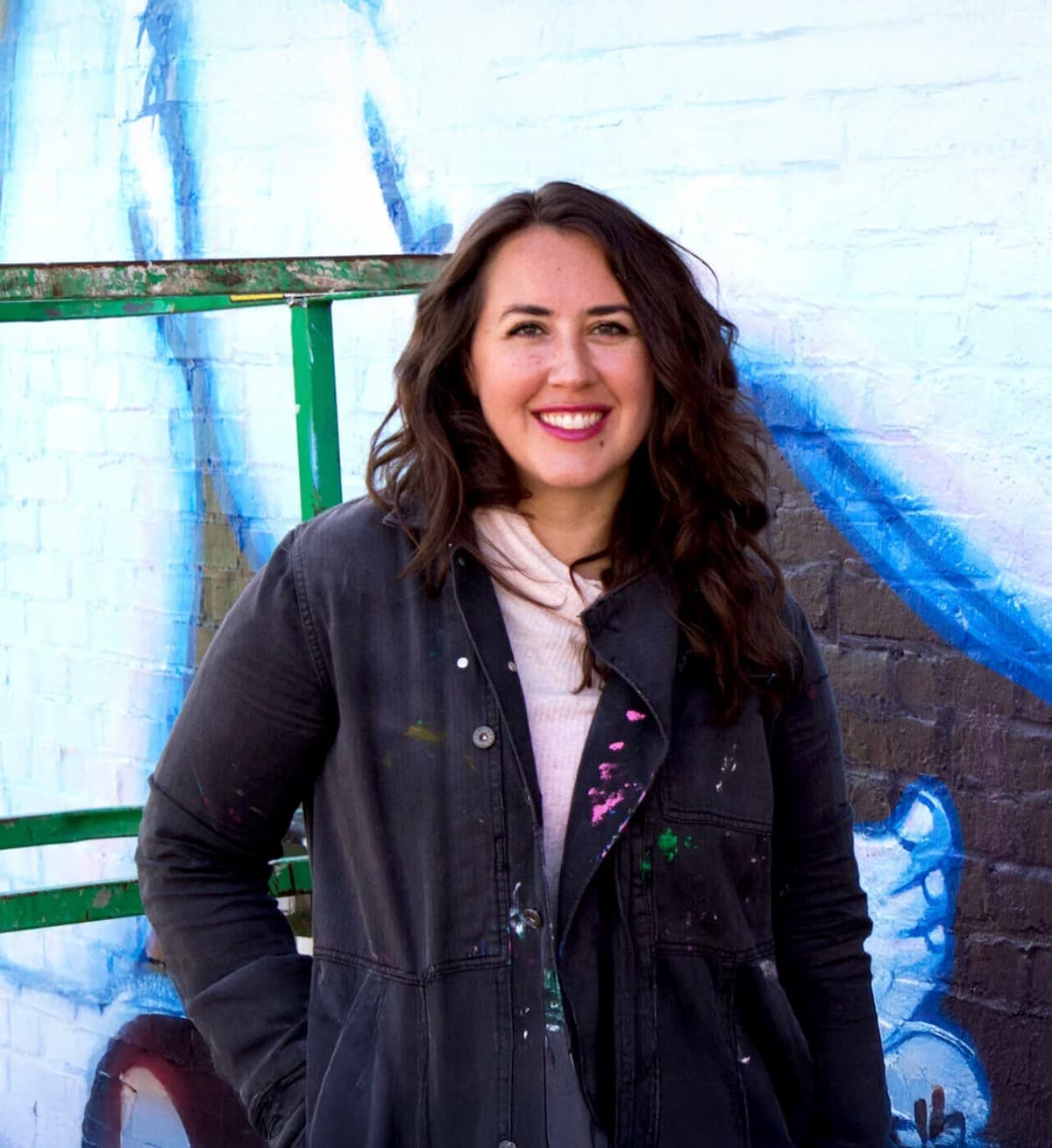
About the Artist
Liz Richter is a Louisville-based artist, muralist, and illustrator whose work layers color, repetition, and pattern with symbolism to explore the feminine and the divine. She draws on history and culture to create pieces that feel both deeply personal and universally relatable. While painting and illustration remain central to her practice, her art expands into murals, ceramics, and other mixed media. Since her first large-scale mural in 2016, Richter has become one of the few women shaping Louisville’s street art movement, completing projects for corporations, nonprofits, and public institutions.
Richter believes art should invite everyone in, especially those who have been excluded from traditional spaces. Her murals and public works are designed as open, accessible experiences, created in partnership with communities to ensure representation and belonging. She has collaborated widely with nonprofits and city organizations, receiving recognition as Louisville Visual Art’s Emerging Artist of the Year in 2020. Through bold hues, collaborative projects, and mentorship of younger artists, Richter continues to use art as a tool for inclusivity, connection, and joy.
My work is about creating joyful moments of discovery, while reminding us of the human experiences that connect us all. If I can do that, in colors and intricacies that delight the senses, I am happy.
The Art Process
The project came together through the creation of more than 4,000 handmade ceramic relief tiles, each one crafted with care and precision. Kristen fired every piece in her ceramic studio, ensuring durability by using long-lasting stoneware and exterior-quality glazes. While Liz and architect Ted Madden of GBBN, along with input from Kristen, Darren, and LVA director Kristian Anderson, designed the overall sculptural installation, every individual detail was realized by hand. Liz carved all of the sculptural pieces and imagery from large, flat slabs of clay prepared by Kristen with her slab roller. Drawing on research into sculptural relief, tactile educational materials, and her experience teaching at the Kentucky School for the Blind, Liz developed intricate textures and scenes that brought the work to life. Kristen complemented this by hand-cutting every circle, rectangle, and background shape that formed the roads and surrounding elements—everything beyond the sculptural components themselves.
Together, Liz and Kristen transported pieces between their studios. Liz meticulously hand-painted all of the sculptural elements with glaze, while Kristen painted the supporting pieces in her Georgetown studio. Liz also illustrated every image and designed the layout of the front panel as a horizontal map. This map featured depictions of historic buildings, flora, people, and animals, drawing from her conversations with Darren Harbour, community meetings, articles in the Clifton Quarterly, and her own explorations along the Avenue. To finalize the design, a large-scale print of the illustration was produced at Signorama, whose support proved invaluable.
On the back of the installation, Liz designed a neighborhood marker that Kristen then interpreted using her signature tile methods. Liz and Kristen chose the color scheme and grout colors with attention to research on low-vision color processing, while also staying true to Liz’s signature aesthetic of bright, joyful palettes that have defined her murals across Louisville. Kristen further designed the interlocking patterns and textures on the CLIFTON side, inspired by the limestone and cobblestone often found in Frankfort Avenue landscaping. The neighborhood marker itself was influenced by the stunning sunsets seen from the intersection of Frankfort Avenue and the railroad tracks, where the downtown skyline glows each evening.
The process was truly collaborative from start to finish. Liz and Kristen worked side by side to hand-place each mosaic piece during installation, with the skilled assistance of Dave Falkirk and Morgan McGill.
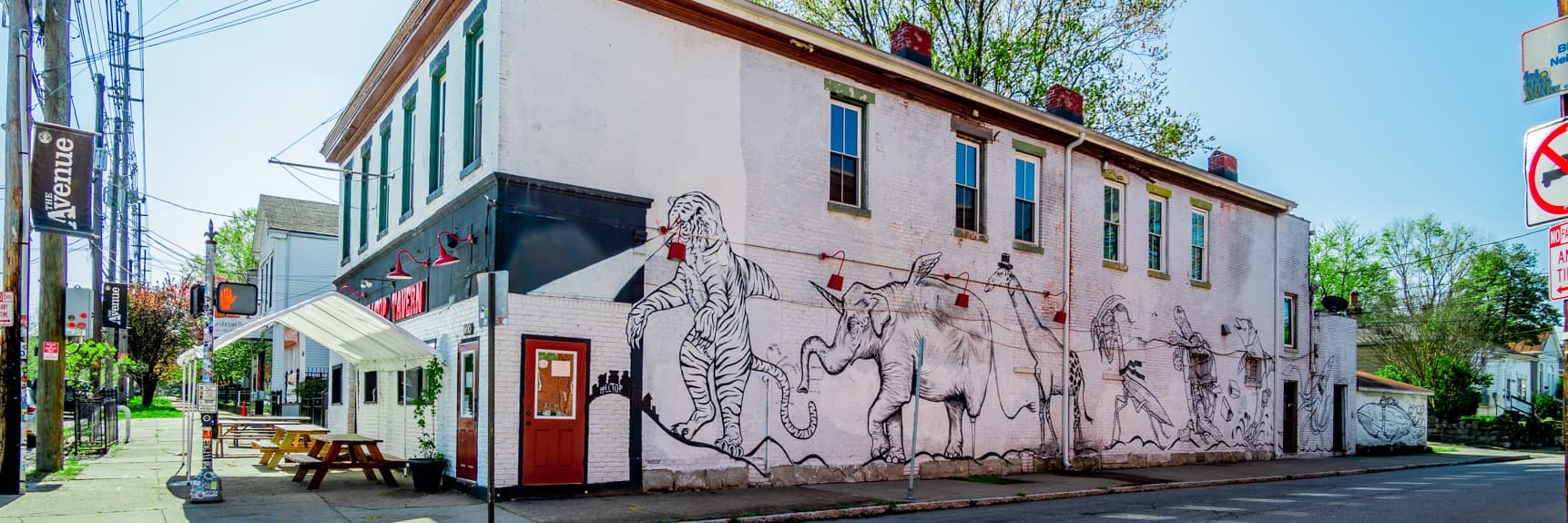
The Neighborhood & Community
The Multisensory Public Art for Clifton project is a love letter to the neighborhood and the people who call it home. It celebrates the rhythms of everyday life along Frankfort Avenue, with imagery that reflects porches, train tracks, gardens, and the distinctive utility poles that line the street. From old streetcars to modern sidewalks, the piece honors the movement of people through Clifton’s history and present day. Scenes are carved and painted by hand, shaped by community conversations and artist Liz Richter’s lived experience as a Clifton resident and former teacher at the Kentucky School for the Blind.
Clifton’s legacy as a home for innovation in accessibility stretches back more than 150 years. Two nationally recognized institutions (the Kentucky School for the Blind and the American Printing House for the Blind) sit just steps from the installation site and have shaped the daily life of this neighborhood for generations. Students, families, and educators have long walked these streets. The placement of the artwork near their campuses honors this history while inviting all who pass by to experience a more inclusive, accessible way of engaging with public space.
Rooted in a working-class past and known for its connection to rail lines, river roads, and community resilience, Clifton has always been a neighborhood defined by movement. It is a place where sidewalks carry stories, and front porches hold memories. This mural reflects that spirit: both its tactile design and its curved structure echo the ways people move through and around the park. Liz’s background in tactile learning and inclusive design helped guide every detail, from layered symbols to raised textures meant to be felt as much as seen.
This installation carries forward a legacy of access, creativity, and community care. Just as Clifton once opened its doors to students traveling from across Kentucky to attend the School for the Blind, it now invites all who pass through to experience art that can be touched, heard, and felt. In a neighborhood shaped by movement, memory, and connection, the Clifton Multisensory Art Experience offers something new: a space where public art is designed to be experienced with all the senses, and everyone, regardless of age or ability, is invited to explore.
Community Involvement
This mural reflects the voices and hands of the people who helped shape it. Students at the Kentucky School for the Blind created their own tactile mosaic stones, which will become part of the public rock garden at the mural’s entrance. These creative sessions were the first step in a larger community invitation to participate. Neighbors, artists, educators, and local supporters were all part of the process, helping bring multisensory ideas to life through conversation, design, and hands-on contributions.
The finished work is a public art experience designed to be explored by everyone. It honors Clifton’s deep connection to accessibility and invites all visitors to touch, listen, and feel the story it tells. Whether you’re a student, longtime resident, or first-time guest, the mural welcomes you into a shared space built around creativity, inclusion, and community pride.
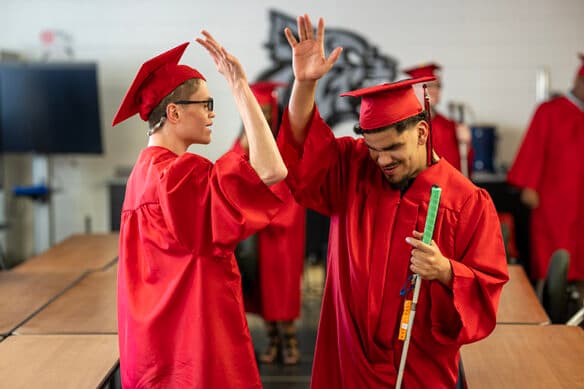
Support the Multisensory Art Experience
This project was made possible by Louisville Visual Art (LVA), a local nonprofit dedicated to making art accessible to everyone. As the lead organization behind the Clifton Multisensory Art Experience, LVA brought together artists, community partners, and generous sponsors to create public art that invites interaction through touch, sound, and sight. With deep roots in community engagement and education, LVA continues to support projects that reflect the spirit of inclusion, creativity, and connection.
We are grateful for the generous support of our sponsors, who share our belief in creating public art that is inclusive, accessible, and rooted in community. Thank you to Kentucky School for the Blind, Louisville Metro Government, National Endowment for the Arts, South Arts, LG&E and KU Foundation, and the Fund for the Arts for helping bring this vision to life.
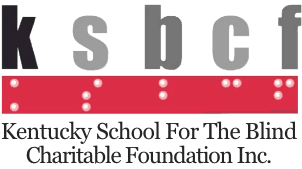
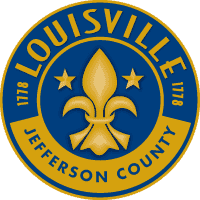





Support Accessible Art
With youth art education, professional artist development, and art in public spaces, Louisville Visual Art (LVA) nurtures our city's diverse artists throughout their creative lifecycles. The Clifton Multisensory Art Installation is just one example of LVA’s support of art, artists, and accessibility in Louisville. Consider supporting LVA’s mission and making a donation so we can continue to champion projects like this one.